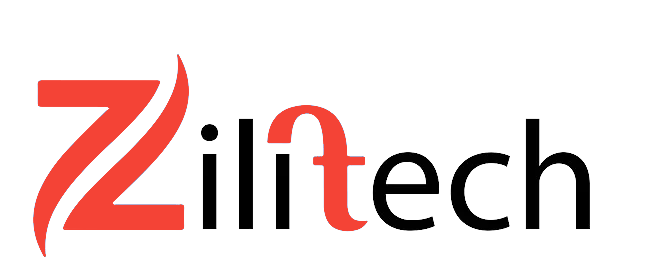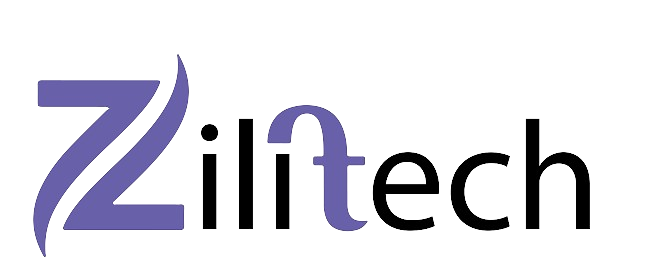In the dynamic world of education, the efficient management of student data is crucial. Enter the Student Information System (SIS), a technological marvel designed to handle this very task with precision and ease. But what exactly is an SIS, and why has it become indispensable in today’s educational landscape?
Understanding Student Information Systems
A Student Information System is a digital platform that organizes and manages student data. This includes everything from enrollment records, grades, and attendance to communication between teachers, students, and parents. Essentially, an SIS serves as the backbone of a school’s administrative functions, ensuring that all data is centralized, accessible, and actionable.
Key Features of a Student Information System
Data Management
At its core, an SIS is a data management powerhouse. It keeps track of every student’s information, from personal details to academic history. This centralized repository means administrators no longer have to juggle multiple spreadsheets or paper files.
Attendance Tracking
Gone are the days of manual attendance registers. Modern SIS solutions automate attendance tracking, allowing teachers to record and monitor student attendance effortlessly. This feature not only saves time but also reduces errors, ensuring accurate records.
Grade Recording and Reporting
An SIS simplifies the grading process by providing tools for recording, calculating, and reporting grades. Teachers can input grades directly into the system, which then generates detailed reports that can be shared with students and parents.
How SIS Differs from Other Educational Software
SIS vs. Learning Management System (LMS)
While both SIS and LMS are essential educational tools, they serve different purposes. An LMS focuses on delivering and managing educational content and assessments, whereas an SIS manages administrative tasks such as enrollment, attendance, and grades. Think of an LMS as the classroom and an SIS as the school office.
SIS vs. Enterprise Resource Planning (ERP)
ERP systems are broader in scope, handling various business processes such as finance, human resources, and procurement. An SIS is specifically tailored for educational institutions, focusing on student-centric functions rather than general business operations.
Components of a Student Information System
Core Components
Student Database
The student database is the heart of any SIS. It stores all student-related data, making it accessible to authorized users. This component ensures that information is up-to-date and can be retrieved quickly.
User Interface
The user interface is the gateway to the SIS. It’s designed to be intuitive and user-friendly, allowing teachers, administrators, students, and parents to interact with the system with minimal training.
Advanced Features
Analytics and Reporting Tools
Modern SIS platforms come equipped with advanced analytics and reporting tools. These tools allow administrators to generate insights from the data, such as identifying trends in student performance or attendance patterns.
Communication Modules
Effective communication is vital in education. SIS systems often include modules that facilitate communication between teachers, students, and parents, such as messaging systems and automated notifications.
Benefits of Using a Student Information System
For Administrators
Streamlined Administrative Tasks
An SIS automates many routine administrative tasks, freeing up time for administrators to focus on more strategic activities. Tasks such as enrollment, scheduling, and record-keeping are handled efficiently within the system.
Improved Data Accuracy
By centralizing data, an SIS minimizes the risk of errors that can occur with manual data entry. This leads to more accurate and reliable records, essential for decision-making and compliance.
For Teachers
Simplified Grading Process
Teachers benefit from the streamlined grading processes offered by an SIS. They can input grades directly into the system, which automatically calculates averages and generates reports, reducing the workload and potential for errors.
Efficient Attendance Monitoring
With automated attendance tracking, teachers can quickly and accurately record student attendance. This feature not only saves time but also ensures that attendance data is consistently updated and accessible.
For Students and Parents
Easy Access to Information
Students and parents can access information such as grades, attendance records, and schedules through a secure online portal. This transparency fosters a collaborative environment where everyone is informed and engaged.
Enhanced Communication
SIS platforms often include features that enhance communication between students, parents, and teachers. For instance, parents can receive automated notifications about their child’s performance, attendance, or upcoming school events.
Implementation of a Student Information System
Steps for Successful Implementation
Needs Assessment
Before selecting an SIS, it’s crucial to conduct a needs assessment. This involves evaluating the current systems and processes, identifying gaps, and defining the specific requirements of the institution.
Choosing the Right System
Once the needs are identified, the next step is to choose an SIS that aligns with those requirements. Factors to consider include functionality, scalability, and cost.
Training and Support
Staff Training
Proper training is essential for the successful adoption of an SIS. Training programs should be tailored to different user groups, ensuring that everyone understands how to use the system effectively.
Ongoing Support
Even after implementation, ongoing support is crucial. This includes technical support for troubleshooting issues and regular updates to keep the system functioning optimally.
Challenges in Implementing Student Information Systems
Common Challenges
Data Migration
Transferring data from legacy systems to a new SIS can be challenging. It requires careful planning and execution to ensure that data is accurately migrated without loss or corruption.
User Adoption
Getting all stakeholders on board with the new system can be a hurdle. Resistance to change and lack of familiarity with the system can impact its effectiveness.
Solutions to Overcome Challenges
Comprehensive Training Programs
Offering comprehensive training programs can help users become comfortable with the new system. Hands-on training sessions and user manuals can facilitate a smoother transition.
Robust Technical Support
Providing robust technical support can address any issues that arise post-implementation. This support ensures that users have access to assistance whenever needed, maintaining the system’s functionality and user satisfaction.
Future Trends in Student Information Systems
Integration with AI and Machine Learning
Predictive Analytics
AI and machine learning are transforming SIS by enabling predictive analytics. These technologies can analyze historical data to predict future trends, such as student performance or dropout rates, allowing for proactive interventions.
Personalized Learning Paths
By leveraging AI, SIS can offer personalized learning paths based on individual student data. This customization enhances the learning experience by catering to each student’s unique needs and strengths.
Cloud-Based Solutions
Benefits of Cloud Computing in SIS
Cloud-based SIS solutions offer several advantages, including scalability, cost-effectiveness, and accessibility. Schools can access the system from anywhere, facilitating remote learning and administration.
Security Considerations
While cloud solutions offer many benefits, they also come with security concerns. Schools must ensure that their SIS provider implements robust security measures to protect sensitive student data.
Conclusion
A Student Information System is more than just a tool; it’s a cornerstone of modern educational administration. By streamlining data management, enhancing communication, and supporting educational outcomes, an SIS plays a vital role in the success of students and schools alike. As technology continues to evolve, SIS platforms will become even more integral, incorporating advanced features like AI and cloud computing to meet the changing needs of education.
FAQs
What is the primary purpose of a Student Information System?
The primary purpose of a Student Information System is to manage and organize student data efficiently. This includes handling records related to enrollment, attendance, grades, and communication between teachers, students, and parents.
How does a Student Information System enhance communication between teachers and parents?
An SIS enhances communication by providing tools such as messaging systems and automated notifications. These features facilitate timely and effective communication about student performance, attendance, and school events.
Can SIS be integrated with other educational tools?
Yes, modern SIS platforms often integrate with other educational tools such as Learning Management Systems (LMS) and Enterprise Resource Planning (ERP) systems, providing a comprehensive solution for managing various educational processes.
What factors should schools consider when selecting an SIS?
When selecting an SIS, schools should consider factors such as functionality, scalability, ease of use, cost, and the specific needs of their institution. It’s also important to evaluate the vendor’s support and training options.
How does cloud computing impact the functionality of SIS?
Cloud computing enhances the functionality of SIS by offering increased accessibility, scalability, and cost-efficiency. It allows schools to access the system remotely and reduces the need for extensive on-site IT infrastructure, though it also necessitates strong security measures to protect data.




